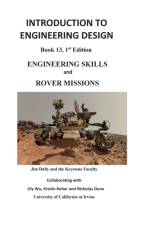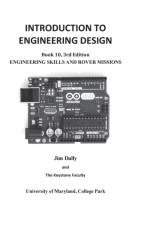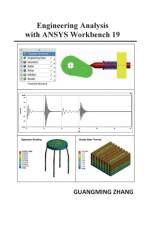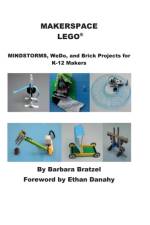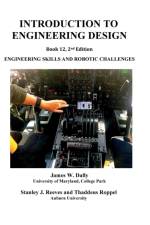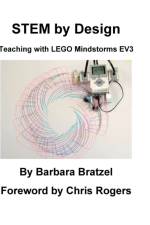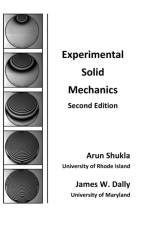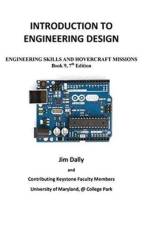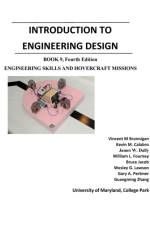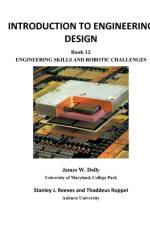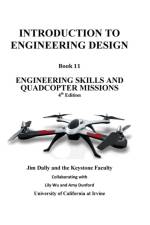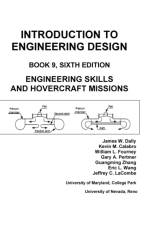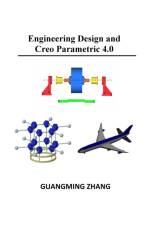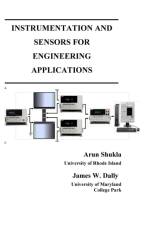- MINDSTORMS, WeDo, and Brick Projects for K-12q Makers
av Barbara Bratzel
1 167
The maker mindset encourages everyone to be a teacher as well as a lifelong learner. LEGO bricks, because they are familiar to (and loved by) so many children, are a great starting point for both teaching and learning. Children can coach their peers while mastering new skills themselves. LEGO materials provide a comfortable foundation on which to build new knowledge-robotics, programming, engineering design, digital fabrication.The maker movement emphasizes creativity, collaboration, breaking down traditional barriers between disciplines, and learning by doing. In many ways, its rise parallels the growing focus on twenty-first century skills in education. Both are fueled by recognition of, and reaction to, our rapidly changing world. We are told that students need to be experts in the 4 C's, critical thinking, communication, collaboration, and creativity, just as much as they need fluency in reading, writing, mathematics, and science.As many educators are discovering, makerspaces are wonderful places to learn all of these skills and habits of mind. Makerspace projects can teach traditional school subjects in an integrated way. In addition, working on projects shows kids that there is no single correct answer; that failure can be an important way of gaining knowledge; that perseverance, resilience, and flexibility, as well as technical knowledge, are vital to success.LEGO and makerspaces are a natural pairing. Both are powerful vehicles for design, problem solving, creativity-and fun. I hope that this book can help teachers, and makers, realize the potential of LEGO materials in the makerspace.This book is divided into two major sections: Projects and Nut and Bolts.Projects contains • Robotic Creations-projects using LEGO robotics kits • Robotic Storytelling-engineering design problems based on stories using LEGO robotics kits • EV3 MINDSTORMS-more advanced projects utilizing the capabilities of MINDSTORMS • Bricks and Beams-projects using LEGO bricks as well as beams, gears, and other technic materials • Beyond LEGO-Projects combining LEGO with 3D printing, laser cutting, and other kits.Nuts and Bolts contains • Explainers-brief primers on LEGO pieces, mechanisms, and simple machines that can be given to makers as handouts • Car Plans-plans for building simple EV2 and WeDo 2.0 cars • Coding Cards-coding challenges to teach MINDSTORMS and WeDo 2.0 programming.Most of the projects include one or more student handouts. These may be copied and given to students.

